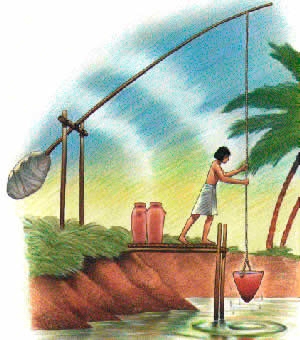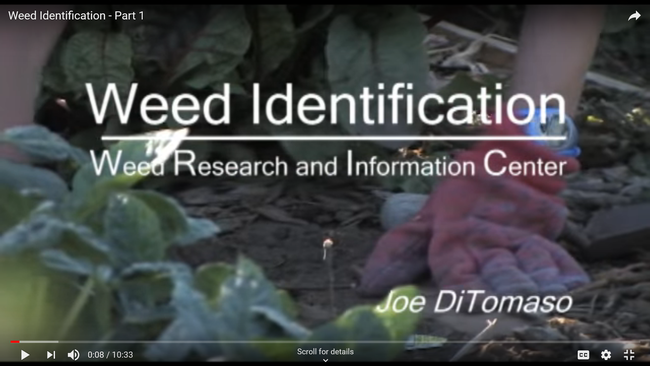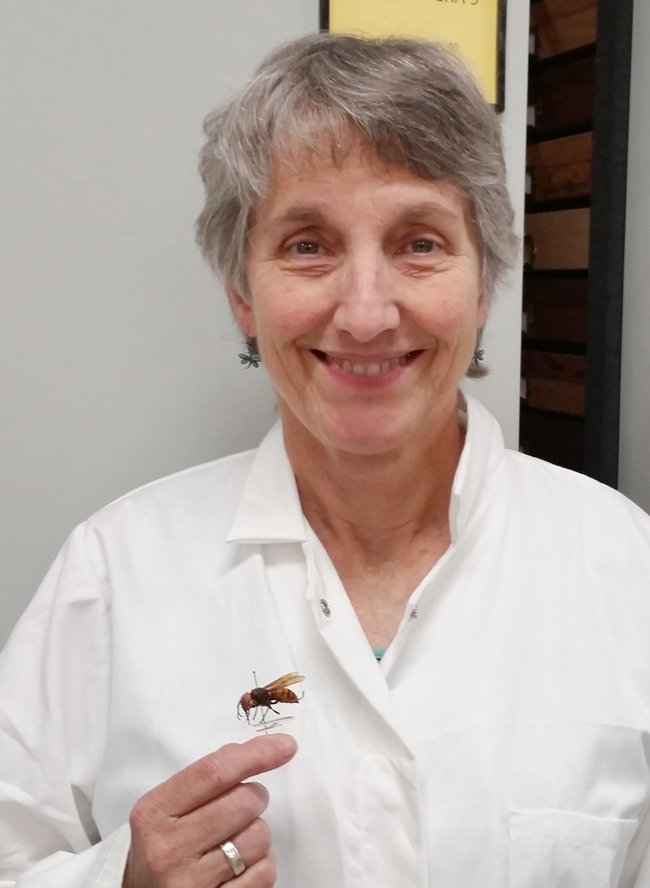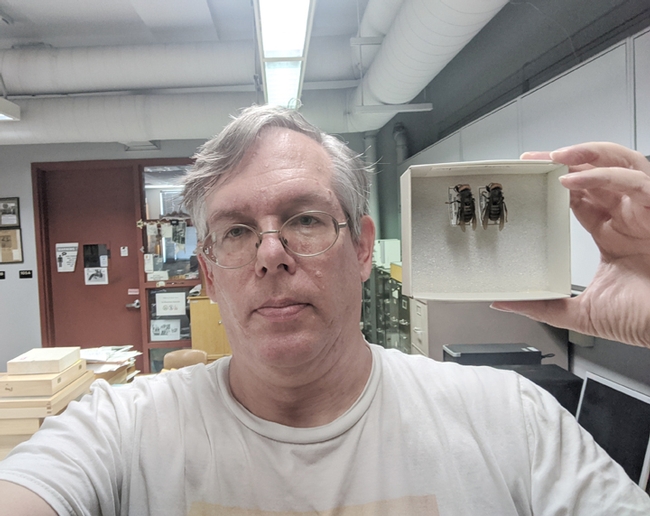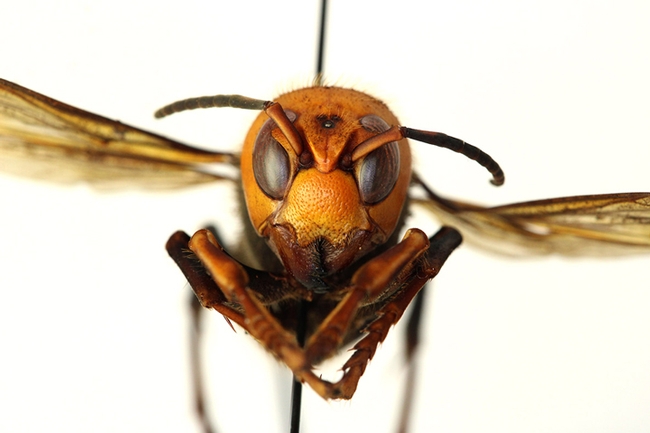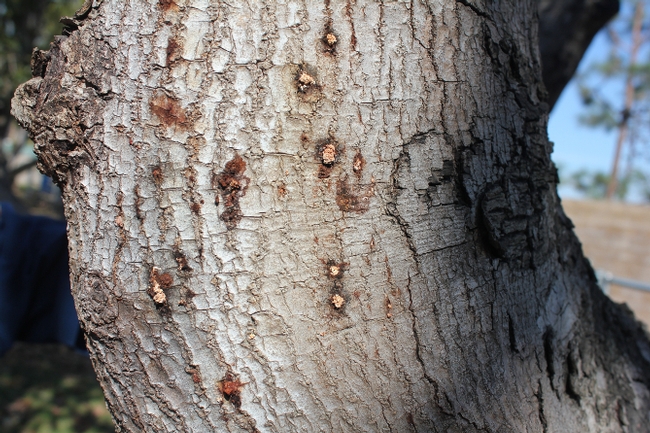- Author: Ben Faber
The MOST Cited irrigation articles for 2018-19 in the journal Irrigation Science was just announced. Check them out. One that interested me was conducted in Southern California and looked at the costs of recycled water use in nurseries. The cost aspect makes this water source possible if it is subsidized.
Bruno J. L. Pitton, Charles R. Hall, Darren L. Haver, Sarah A. White & Lorence R. Oki
In the U.S., container plant growers use high-quality water sources which can be expensive. The use of recycled irrigation runoff water could save growers money. The objective of this study was to compare the cost of recycled irrigation water with the cost of untreated municipal water at a nursery in Southern California over multiple years. Water cost for municipal (Western) supplied water ranged from $2.26 to $2.91 per 1000 gallons (3785 L). Water capturing and recycling system construction and infrastructure costs accounted for a large portion of recycled water cost. However, water provider rebates and a Natural Resource Conservation Service (NRCS) grant reduced total and per volume recycled water costs. Without considering rebates from water providers and a NRCS grant, the cost of recycled water was between $0.92 and $1.21 per 1000 gallons (3785 L). With consideration of rebates and the grant, the cost of recycled water ranged between $0.43 and $0.53 per 1000 gallons (3785 L). Thus, recycled water is a viable alternative to many high cost water sources and public funds facilitate adoption of recycled water for irrigation by containerized plant growers.

- Author: GAle Perez
Here's part 3 of our training videos: Weed Identification. We've broken it up into three smaller parts for easier viewing.
For more training videos, visit the UC Weed Research & Information Center website and click on TRAINING VIDEOS. Enjoy and learn!
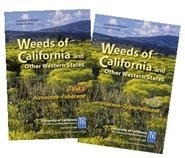
- Author: Ben Faber
The news stories and social media comments about the Asian giant hornet detected last year in British Columbia and Washington state and labeled “the murder hornet,” are drawing the ire of entomologists throughout the world.
And well they should.
UC Davis wasp expert and researcher Lynn Kimsey, director of the Bohart Museum of Entomology and professor of entomology, UC Davis Department of Entomology and Nematology, called the name "ridiculous" and said "it's no more likely to sting and kill a human than a honey bee." (See Bug Squad blog)
Kimsey, a two-term past president of the International Society of Hymenopterists, told us yesterday that “Actually it's less likely, as honey bee venom packs quite a punch and it is exclusively designed to defend against vertebrates."
“The colony everyone is hyperventilating over was actually found on Vancouver Island, British Columbia, last September when it was destroyed and then a single, dead hornet was found in December in Blaine, Wash.,” Kimsey said. “There is no evidence that there are any more hornets in the vicinity of Vancouver or anywhere else on the West Coast.”
A colony of the Asian giant hornet (AGH), Vespa mandarinia, was found and destroyed Sept. 18, 2019 in Nanaimo, Vancouver Island, and the single dead hornet was found Dec. 8, 2019 in Blaine.
These were the first detections of this species in North America, and no, the so-called "murder hornets" are not out to get us. They're not out to kill you. They're not taking over the world. (Expect some upcoming horror movies, though!)
Twenty Asian giant hornet (AGH) specimens are housed in the Bohart Museum of Entomology, home of a global collection of nearly 8 million species. The largest AGH, a queen, measures about an inch and a half long, Kimsey said. She's never seen any larger than that.
Meanwhile, entomologists are bemoaning the name, "murder hornet" and the sensationalism and fear-mongering ensuing. Apparently the name originated with a Japanese researcher; out of the translation came "murder hornet."
“It's a bloody dumpster fire,” said entomology advocate, traveler and photographer Stephane De Greef, administrator of a newly created Facebook page, “Is This a Murder Hornet?”
“Some poorly-worded media reports about Asian giant hornets have triggered a veritable avalanche of nonsense online, but I can help set the record straight, wrote senior museum scientist and hymenopterist Douglas Yanega of UC Riverside Entomology Research Museum.
“One colony was found and exterminated in Nanaimo on Vancouver Island in September of 2019, with a few sightings associated,” Yanega wrote. “One wasp believed to be from that colony was found--dead--on the U.S. side of the border near Nanaimo in December. Right now, all the authorities are doing is asking people to keep their eyes peeled JUST IN CASE there were queens that escaped the destruction of the Nanaimo nest, and established their own nests nearby. I was one of the authorities brought in to consult on this case, and to my knowledge there have not been any sightings in 2020 that would suggest the eradication attempt was unsuccessful. Put bluntly, as far as we know, there are no Asian giant hornets alive in either the U.S. or Canada as of 2020, and if there are, then they would be in the immediate vicinity of Vancouver Island (about a 50 mile radius or so).”
Want to know more about them? Read the fact sheet published by Washington State University Extension. It's the work of the husband-wife team of Susan Cobey, bee breeder-geneticist and Timothy Lawrence, county director of Island County Extension (both formerly of UC Davis), and also Mike Jensen, county director of Pend Oreille. (See https://bit.ly/2SA3TxS)
“It is critical that we identify, trap, and attempt to eliminate this new pest before it becomes established and widespread,” they wrote. “Attempts to contain the spread and eradication of this invasive insect will be most effective in trapping queens during early spring before their nests become established. Finding the nests can be a bit of a challenge. Their nests are typically in the ground though they can also be found under overhangs and within wall voids. The AGH is a strong flier and often will fly up and away and have an extensive flight range. Thus tracking can be difficult.”
They advise residents to “proceed with extreme caution and contact WSDA immediately. Do not try to exterminate the nest yourself.”
The sensationalism on the media is a concern, said Lawrence, "but...we need to find out just how extensive this infestation is."
Facebook users are posting images of so-called Asian giant hornets that are actually such species as cicada killers, European hornets, southern yellow jacket queens, sawflies, hoverflies, a beetle, and even a moth.
“Yes, it is possible this species could establish,” wrote Sloan Tomlinson, a parasitoid wasp specialist and educator. “Has it yet? No. Until concrete evidence is presented about any further establishment by this species, it's simply conjecture. Additionally, even IF this species is established, their infamy is overhyped and sensationalized. In Japan they do indeed kill around 30 people a year. Around 40 people are killed annually in the US by domestic dogs.”
Doctoral candidate and researcher Ellie Field of Iowa State University wrote on Facebook that “the murder hornet articles are making the rounds quickly and they seem to be doing more harm than good. Yes, it is awesome to track insect populations (particularly staying watchful for non-native and potentially invasive species). But no, the Asian giant hornet (Vespa mandarinia) is not going to destroy America. The one nest and individual that was found around Vancouver last year was destroyed, and this doesn't indicate any establishment. Introduction events happen all the time, all across the world! That region should continue to keep a watchful eye, but for everyone else this is not going to be relevant. There is no invasion, just a small possibility that some may have overwintered in that area.”
Those unsure about insect identification can email an image to Lynn Kimsey at lskimsey@ucdavis.edu or contact the Entomological Society of America at https://www.entsoc.org/ or https://bit.ly/2W2jRmi.
Entomologists also identify insects on such Facebook pages as “Insect Identification,” “Entomology,” and “Spider and Insect Enthusiast.”
Meanwhile, they're trying to douse the "bloody dumpster fires."
(Update: UC Davis distinguished professor Walter Leal, who studied and worked in Japan, asked a Japanese friend today about the origin of "murder hornet": The Asian giant hornet, Vespa mandarinia, is called “Kiiro Suzume Bachi (キイロスズメバチ)” in Japanese. It injects its venoms, sometimes inducing severe anaphylaxis. The article in BBC introduced Asian giant hornet, Vespa mandarinia as “murder hornet” is at https://www.bbc.com/news/52533
Tags: Asian giant hornet (2), Bohart Museum of Entomology (385), Lynn
- Author: Ben Faber
What Are the UC Ag Experts Talking About?
Invasive shot hole borers in avocado
May 20, 2020, Wednesday, 3-4 PM
Upcoming topics:
- Vertebrate pests by Roger Baldwin (June 2020)
- Ants in citrus by Mark Hoddle (July 2020)
- Use of plant growth regulators on citrus by Ashraf El-kereamy (August 2020)
Check out previous talks and listen to their recordings
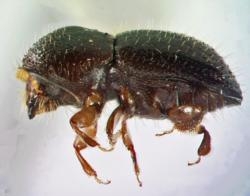
- Author: Ben Faber
A recent review of how irrigation has been used world round has recently been published. It's worth a read to learn how it hs been done and what we might learn for the presnet and the future. Daniele Zaccaria a UC Irrigation Specialist is one of the authors

Irrigation of World Agricultural Lands: Evolution through the Millennia
By: Andreas N. Angelakιs, Daniele Zaccaria, Jens Krasilnikoff, Miquel Salgot, Mohamed Bazza, Paolo Roccaro, Βlanca Jimenez, Arun Kumar, Wang Yinghua, Alper Baba, Jessica Anne Harrison, Andrea Garduno-Jimenezand Elias Fereres
(This article belongs to the Special Issue Water Supply and Water Scarcity)
Water 2020, 12(5), 1285; https://doi.org/10.3390/w12051285
Abstract
Many agricultural production areas worldwide are characterized by high variability of water supply conditions, or simply lack of water, creating a dependence on irrigation since Neolithic times. The aim of this paper is to provide an overview of the evolution of irrigation of agricultural lands worldwide, based on bibliographical research focusing on ancient water management techniques and ingenious irrigation practices and their associated land management practices. In ancient Egypt, regular flooding by the Nile River meant that early agriculture probably consisted of planting seeds in soils that had been recently covered and fertilized with floodwater and silt deposits. On the other hand, in arid and semi-arid regions farmers made use of perennial springs and seasonal runoff under circumstances altogether different from the river civilizations of Mesopotamia, Egypt, India, and early dynasties in China. We review irrigation practices in all major irrigation regions through the centuries. Emphasis is given to the Bronze Age civilizations (Minoans, Egyptians, and Indus valley), pre-Columbian, civilizations from the historic times (e.g., Chinese, Hellenic, and Roman), late-Columbians (e.g., Aztecs and Incas) and Byzantines, as well as to Ottomans and Arabs. The implications and impacts of irrigation techniques on modern management of water resources, as well as on irrigated agriculture, are also considered and discussed. Finally, some current major agricultural water management challenges are outlined, concluding that ancient practices could be adapted to cope with present challenges in irrigated agriculture for increasing productivity and sustainability.
There's also some added discussion of drainage in this review paper
The Evolution of Agricultural Drainage
from the Earliest Times to the Present
Sustainability 2020, 12(1), 416; https://www.mdpi.com/2071-1050/12/1/416/htm
Image: Egyptian Shaduf (from: Water Encyclopedia)
